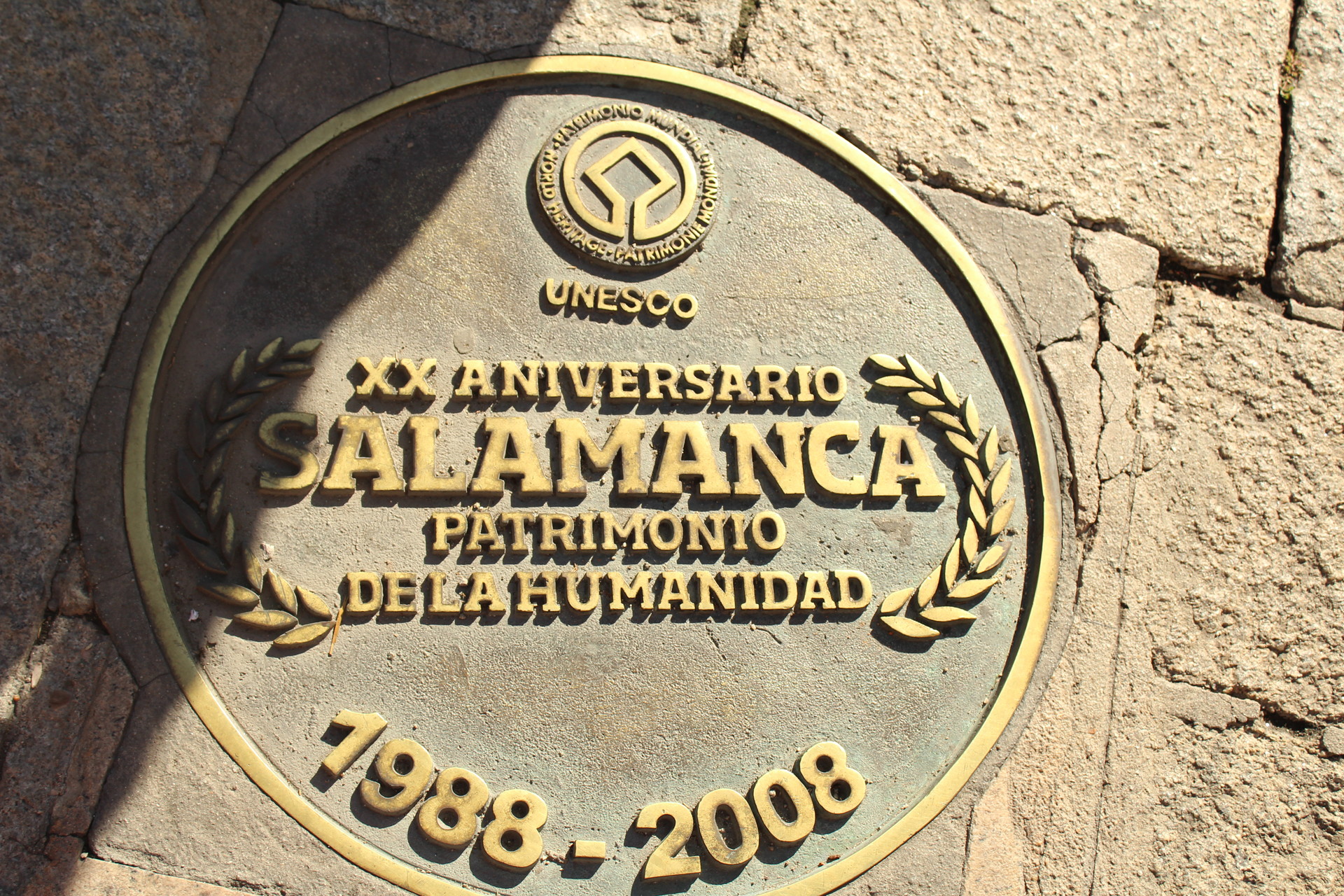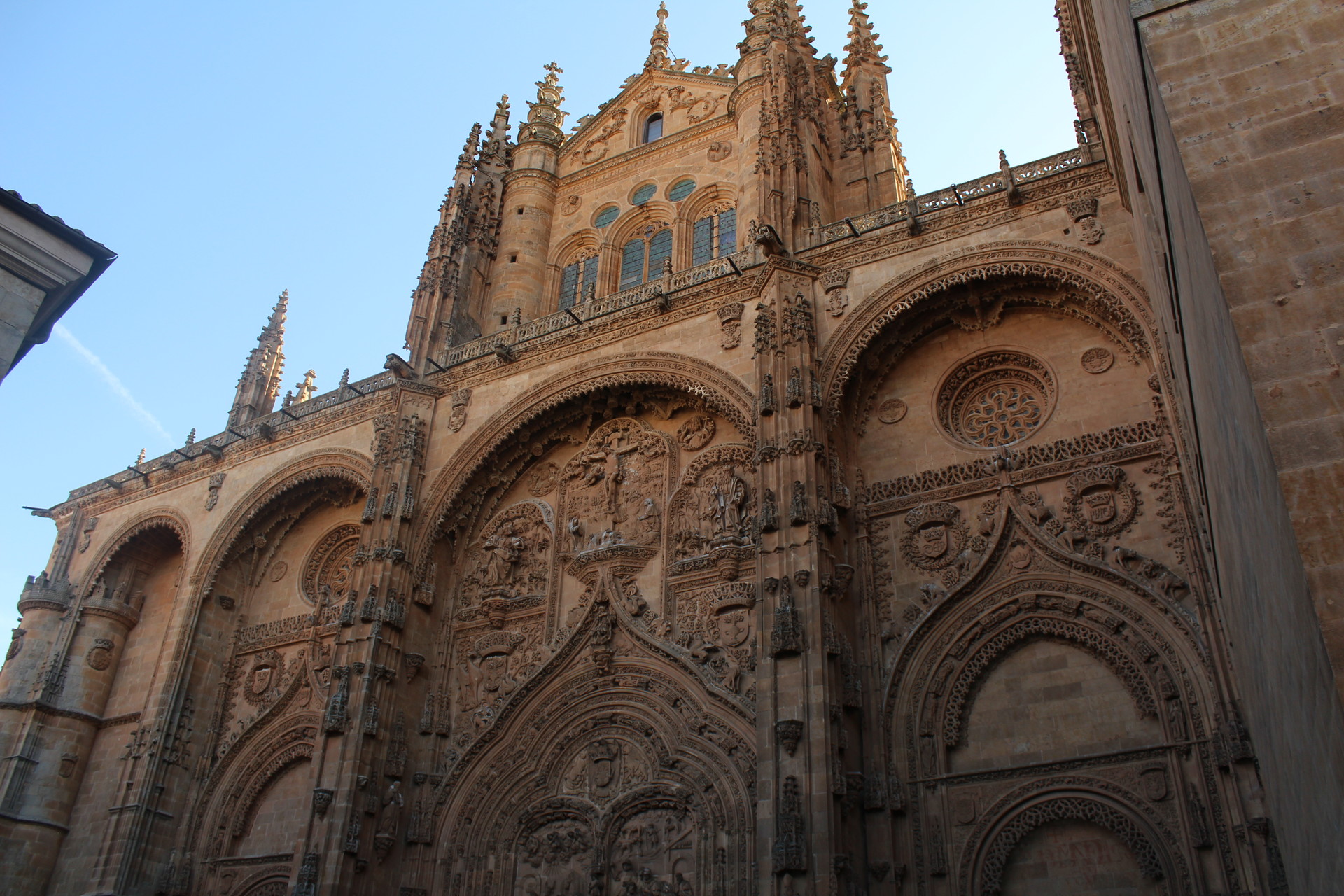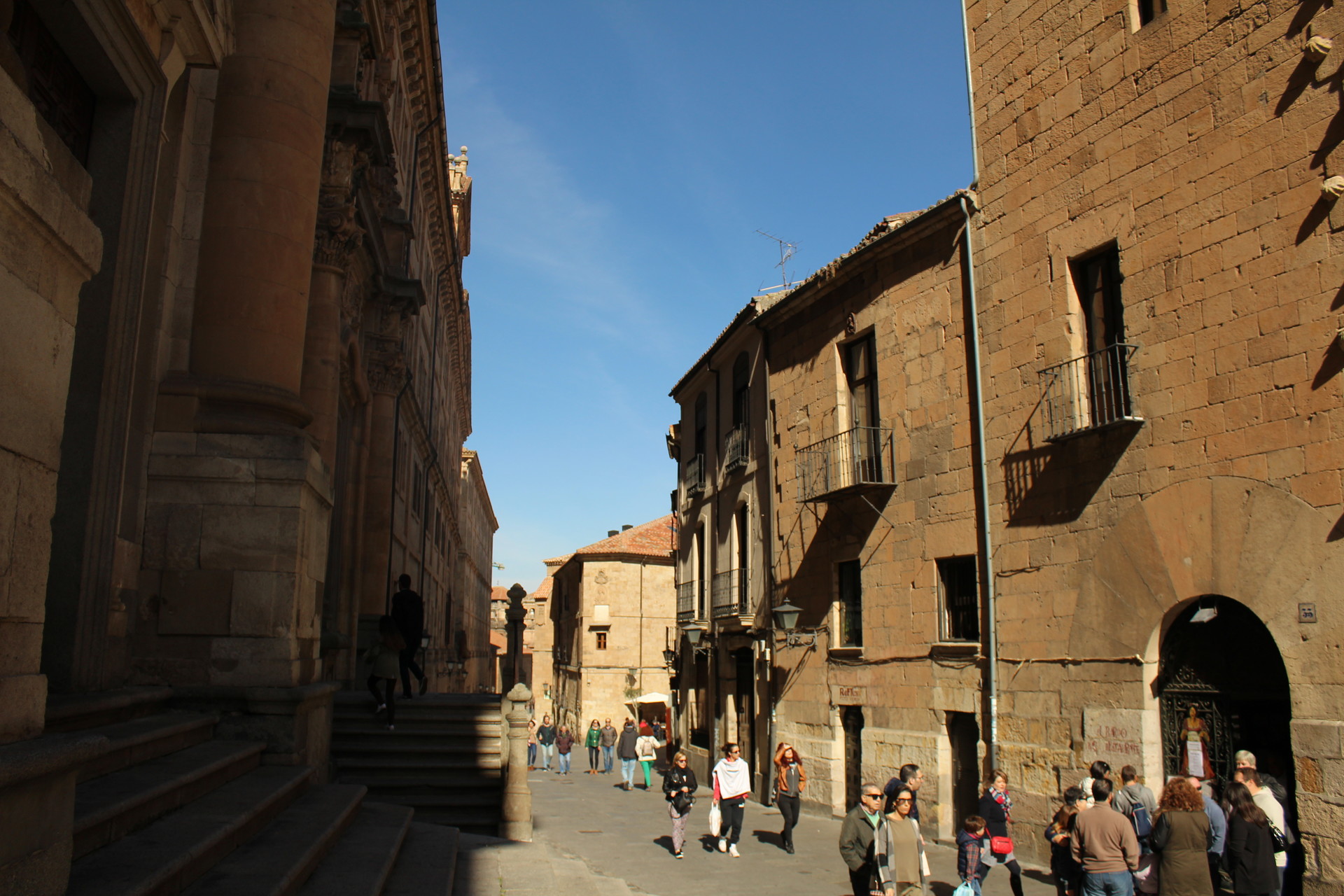It's not very common for a university to be considered as a main tourist attraction for a city. Many simply think of a university as a place to study, but the University of Salamanca has a very interesting history behind it, as well as being the first university founded in Spain and one of the oldest in the entire world.
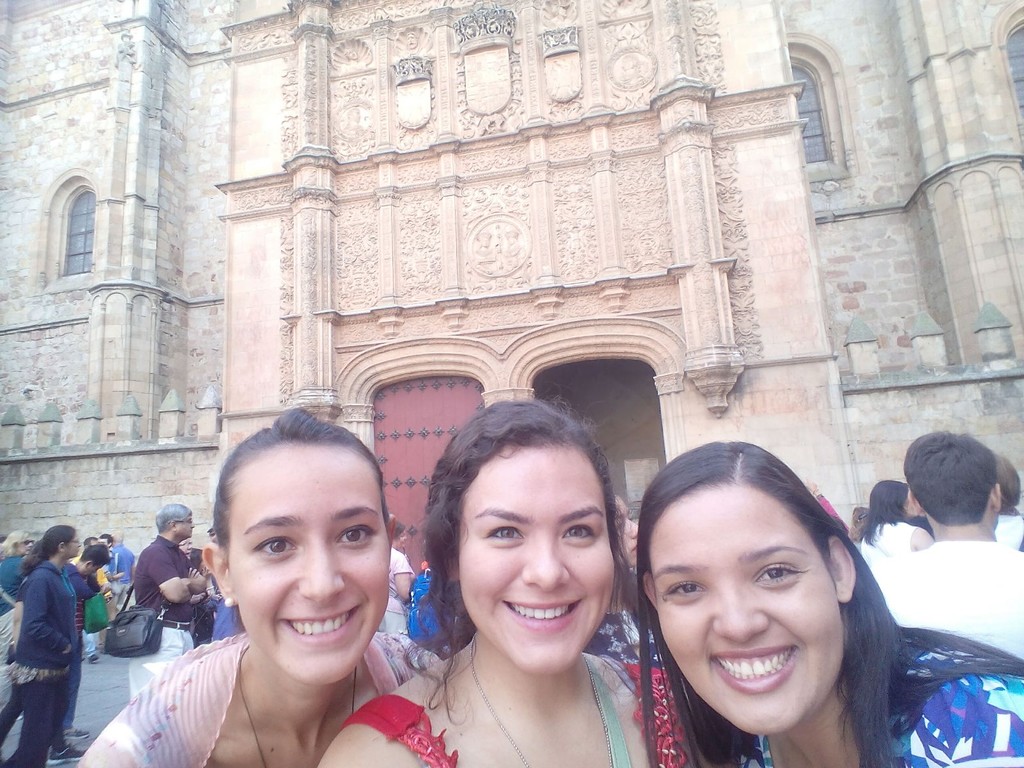
The guide told us that, at the University of Salamanca (founded in 1218), the students didn't have a physical space to study in and they actually go to the Cathedral of Salamanca, which is where the origins of some words like "cátedra" and "catedrático" came from, for example. The students constantly demanded a place where they could study, and it wasn't until the fifteenth century that the university's construction that they so desperately needed was finally completed. Just imagine standing in front of a university that has more than half a century's worth of history behind it.
Another of the unusual things that I have heard about this university was that it was maintained by the church's tithes and that the classes were usually taught in Latin; although, this fact tends to coincide with the historical context of this period in history.
For obvious reasons, this university has become one of the preferred destinations for Erasmus exchange students that study for a degree in Languages, Fine Arts, and Social Sciences, but above all for students who want to learn the Spanish language, as it's said that the most "correct" Castilian is spoken here out of the whole country. The university is very important for the local community, as it has gone through many periods of crisis (the French invasion), splendour (with the European colonisation of the Americas), modifications and restorations over time.
Description
Salamanca is usually known as the "golden city" due to the distinct colour of many of its churches and important constructions. The University of Salamanca doesn't stray from the design that prevails in the city, as freestone was used frequently in the past, which comes from the quarries in Villamayor, a province in Salamanca: when it is extracted from the quarries, this stone has a very light colour, but after oxidising with the iron, air and sun, it then turns a colour that's something between orange and gold.
Almost all of the constructions in Salamanca were built with freestone, so it's for this reason that a large part of the city has this colour that distinguishes it to such an extent.
The patio
The Edificio de las Escuelas Mayors has a facade that's over half a century old, is found within what's known as the "patio", and consists of a main square where the university's first-constructed buildings are located: the auditorium, the library (this was the first public library in Europe), and the chapel dedicated to St. Jerome.
Edificio de las Escuelas Mayores
The first building that I am going to describe is the most well-known of them all and is usually featured on the majority of the University of Salamanca postcards available for purchase.
It's very interesting to see the such minute details that the structure's facade has: you will be able to find a medallion that contains photos of the Catholic Monarchs, Ferdinand II of Aragon and Isabella I of Castile, who financed the construction of the facade. In the exact same spot, you will be able to find a famous passage that says, "La universidad a los reyes y los reyes a la universidad" (in English, "the university to the Kings and the Kings of the university"). In fact, you will be able to see many more fine details on the facade's structure at the university: if we look closely, we will be able to find three skulls and, above one of them, sits a frog. In all honesty, it's very difficult to spot it, and even around this figure, there is a legend that prevails among the student body.
Speaking of the architectural details of the University of Salamanca, I wanted to tell you about the legend of the frog. What I liked the most was the anecdote about the frog; the anecdote that the guide told me (and everyone else) didn't seem so believable, so I searched for the original anecdote and I would like to share both with you, although I liked the original a lot more.
The legend that I like to call the "tourist version" states that if students find the tiny frog above a skull amongst the carvings on the facade, they would have good luck. As I mentioned earlier, the structure is so detailed that it's very easy to get lost among all of the detailing, so, sadly, I should tell you that I personally couldn't find the frog. I suppose that very observant people will find it with no issues: they will have that aforementioned good luck for all of their exams during their degree and, after graduating, for everything else that they do in life. Obviously, while they tell you this, you will see how a man selling souvenir keyrings with the frog approaches you very casually, so that you buy them and take them home for your loved ones, bringing them "good luck". Although it's a version of the legend that ultimately promotes the trade of the famous "luck-bringing souvenirs", it doesn't stop it from being a pleasant story to hear.
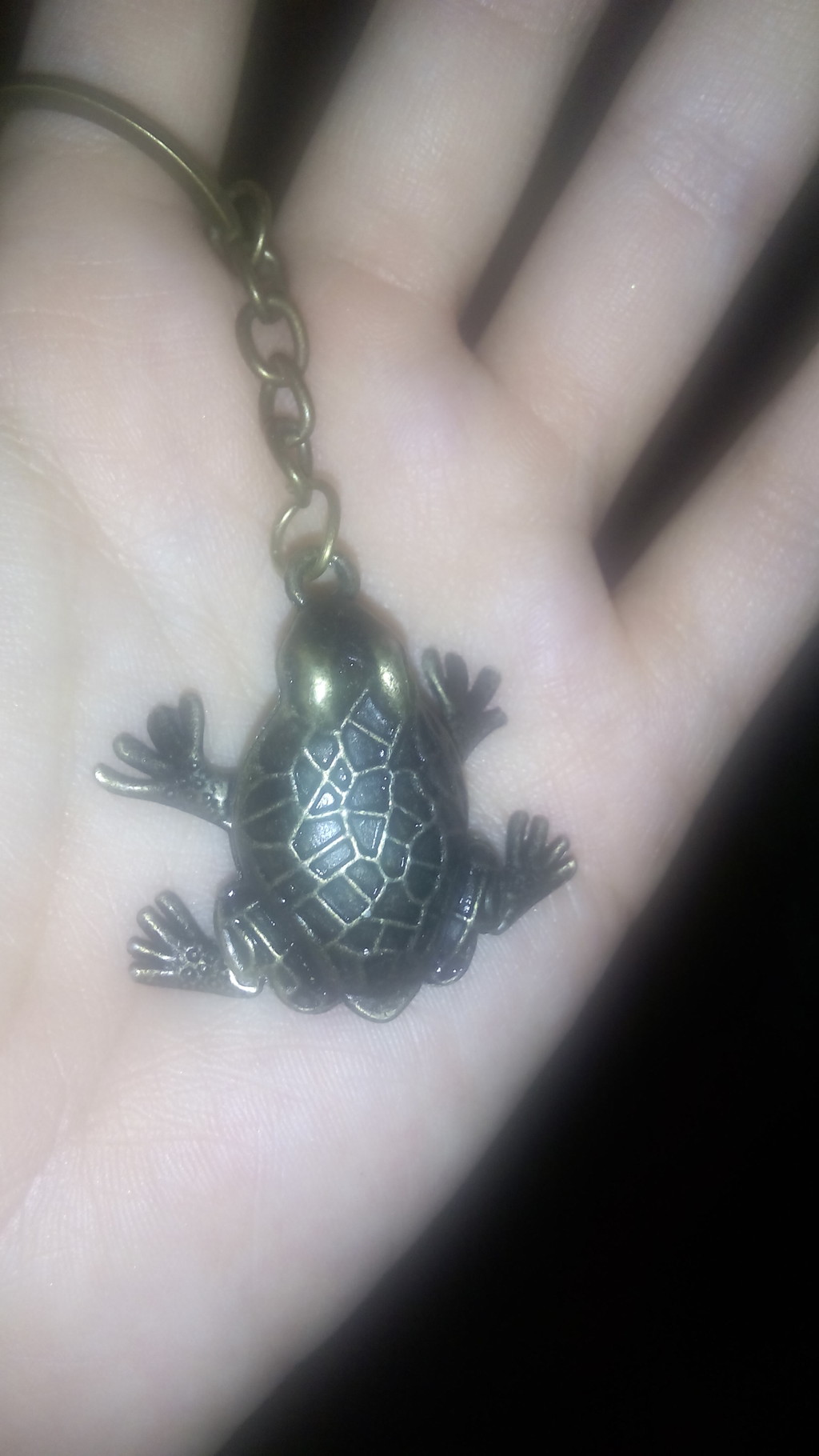
The known history of the detail sculpted into this structure states that the frog symbolises a woman... yet, this frog is situated above a skull... are you thinking what I'm thinking? The students who, at that time, were mostly men with this symbol had to remember that they must exhibit good behaviour because lewdness was a predominant sin amongst most university students in those days.
I won't talk about the library and the cloister because we couldn't actually visit either of them that day, but I have been told that it's worth going inside because it's a library that has undergone lots of restoration works, and, like the other buildings, it's very old.
Edificio de las Escuelas Menores
This building is a little hidden away, in my opinion, but it's just a stone's throw away from the Edificio de las Escuelas Mayores. To get there, you need to have your back to the facade of the aforementioned building and head to the bottom left-hand corner of the "patio de escuelas". As its name states, pre-university courses are taught here - in other words, high school studies and post-16 qualifications - but it has recently been used for the teaching of some university courses (remember that student enrolment increases year after year). This school was built in 1428, two centuries after the university was inaugurated. This building is located around a patio, which, in its centre, has a fountain and a lawn, and around it, there are several arches resting on numerous columns distributed around the square.

'El cielo de Salamanca'
This is one of my favourite parts of the visit: this great work of 'El cielo de Salamanca' truly leaves you amazed. To see it for yourself, you have to go to one of the rooms located within the Edificio de Escuelas Menores, and entry is free of charge.
What you'll be able to find there is an incredible painting of Fernando Gallego, which was previously hung in what is now the university's chapel. It's important to mention that the piece was deteriorating in condition a lot, and it's for this reason that they called experts from Barcelona to move it to a better location within the university. The painting itself is enormous: now imagine that what you are actually seeing represents a third of the original structure, which was the only thing that could be saved.
The painting mainly represents archaeological themes and you will find the twelve zodiac signs on it: the fourth one is completely in darkness and the only thing that stands out is that painting. This kind of lighting allows you to see it much better - you can even sit on the benches that enable tourists to see it better. You can also go up a ramp that allows you to see it from another perspective.
University motto
One of the most tender things that I heard was the university motto from those days way back when: "Quod natura non dat, Salmantica non praestat", which, in English, translates to "What nature does not give, Salamanca does not lend". This refers to the natural abilities that an individual is born with, like intelligence, for example. This university saying seemed very peculiar to me because it can have very cruel connotations, as if to say if you weren't born with them, there is nothing that can be done for you.
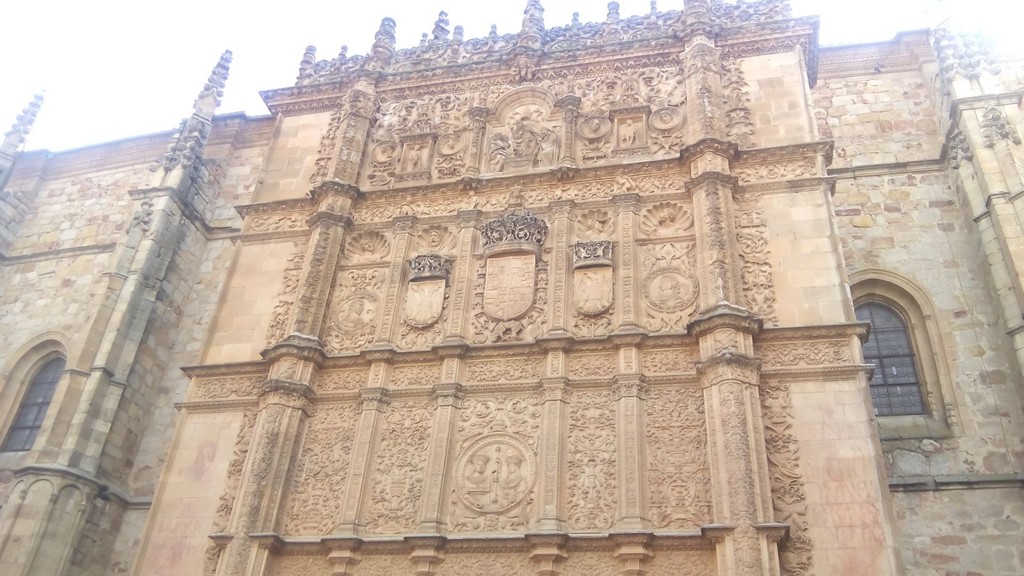
At what times can I visit the university?
In terms of visiting the facade, I recommend going during the day, as you will have a better perception of the detailing found on the main facade of the Edificio de las Escuelas Mayores.
'El cielo de Salamanca' does have visiting hours, which are the following:
Monday to Saturday, 10am to 2pm and 4pm to 7pm. The exhibition is closed on Sundays and during public holidays.
How much money will I spend by going there?
The best thing about this "compulsory tourist must-see" is that it will be free for you to visit. The university is accessible to all, as it's located at street level and accommodates all physical needs. They don't charge you for visits to 'El cielo de Salamanca' either.
How do you get there?
Salamanca is honestly a beautiful city. I recommend travelling around it in its entirety on foot, as it's the best way of getting to know it better for yourself, and besides, there are some parts that prohibit car access, there is no metro system, and buses cannot make their way through such narrow streets.
The route that I recommend the most is the one that passes by the River Tormes. If you walk through these surrounding streets, you will find other tourist attractions like the Old Cathedral, the Cathedral of Salamanca (the New Cathedral), the Teatro Juan de Enzina, and the Plaza de Anaya.
To get there by walking through this area, you must first go to Calle del Rector Esperabé; just level with the Museo de Art Nouveau y Art Decó, you will find an inclined street, Calle Veracruz. Follow the aforementioned street before turning right down Calle del Tentenencio, which will take you to the Old Cathedral. Once there, turn right again down Calle del Cardenal Pla y Deniel, then left down Calle Calderón de la Barca, before taking a final right down Calle Libreros, where you will finally see the university. It sounds much more difficult than it actually is - in reality, it's very easy to get there.
Give me a kilo's worth of history, please
Come and see the university whose alumni appear in your history books! If you didn't already know, the very Hernán Cortés graduated from there, as well as Fray Luis de León, Bartolomé de las Casas, Antonio de Nebrija, Jorge Volpi (an incredible writer), and many others who are extremely well-known nowadays.
Come and know the university whose alumni appear in your history books
Recommendations:
- Try to find the little frog above the skull without anyone helping you - it's really fun! Besides, it's also said that you can also find an astronaut within all this detailing that is even more difficult to find that the frog... do you accept the challenge?
- Salamanca City Council, the tourism offices and the majority of the city's hotels and hostals have free city maps available. Ask at any of these for one to take away with you.
